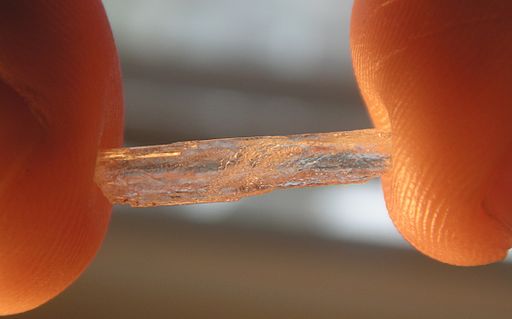In Pearson v. Callahan, 555 U.S. 223 (2009), the U.S. Supreme Court explained that a court reviewing a qualified immunity defense can rule on the issue by deciding that a right is not clearly established without first determining a constitutional violation. The unanimous decision involved a Fourth Amendment search and seizure issue but has had a profound impact on much subsequent First Amendment litigation.
Question was whether Callahan consented to a warrantless entry
The case involved a drug investigation into Afton Callahan, who sold methamphetamine to an informant in Utah. The Central Utah Narcotics Task Force wired the informant who then purchased the illegal drugs from Callahan. The constitutional question in the case concerned whether Callahan consented to a warrantless entry into his home by police officers when he only consented to the informant’s presence, not the police. This implicated a Fourth Amendment doctrine known as the consent-once-removed doctrine.
Officers asserted qualified immunity
After his conviction was vacated by the Utah Supreme Court, Callahan sued several officers in federal court, alleging a violation of his Fourth Amendment rights. The officers asserted qualified immunity, which protects government officials from liability unless they violated clearly established constitutional or statutory rights.
A federal district court granted the officers qualified immunity, however the Tenth U.S. Circuit Court of Appeals reversed. On further appeal, the U.S. Supreme Court reversed the Tenth Circuit and in the process changed qualified immunity law.
Court had previously ruled that courts should determine constitutional violations before determining whether a right is clearly established
In Saucier v. Katz (1997), the U.S. Supreme Court had ruled that in determining qualified immunity, a court should first decide whether there has been a constitutional violation and then determine whether that right was clearly established. Some objected to this process as miring courts in too many constitutional questions and hampering judicial economy.
In Pearson, Justice Samuel Alito wrote that “[u]nnecessary litigation of constitutional issues also wastes the parties’ resources.” Alito wrote that federal district courts have the power to decide whether qualified immunity exists by proceeding directly to the second part of the test and determining whether or not the law is clearly established.
District courts can now say that rights were not clearly established without determining constitutional violations
The result of Pearson is that district courts can avoid deciding whether certain conduct violates constitutional rights by simply saying that the law was not clearly established and granting qualified immunity.
Pearson has an impact in First Amendment areas
Legal commentators have pointed out that Pearson has had a discernable impact on many First Amendment areas, such as prisoner rights, public employee free-speech retaliation claims, and public school student lawsuits. The chief criticism of the ruling in Pearson v. Callahan is that it retards the development of constitutional law, as judges can avoid determining whether certain governmental conduct violates the First Amendment.
David L. Hudson, Jr. is a law professor at Belmont who publishes widely on First Amendment topics. He is the author of a 12-lecture audio course on the First Amendment entitled Freedom of Speech: Understanding the First Amendment (Now You Know Media, 2018). He also is the author of many First Amendment books, including The First Amendment: Freedom of Speech (Thomson Reuters, 2012) and Freedom of Speech: Documents Decoded (ABC-CLIO, 2017). This article was originally published in 2017.

